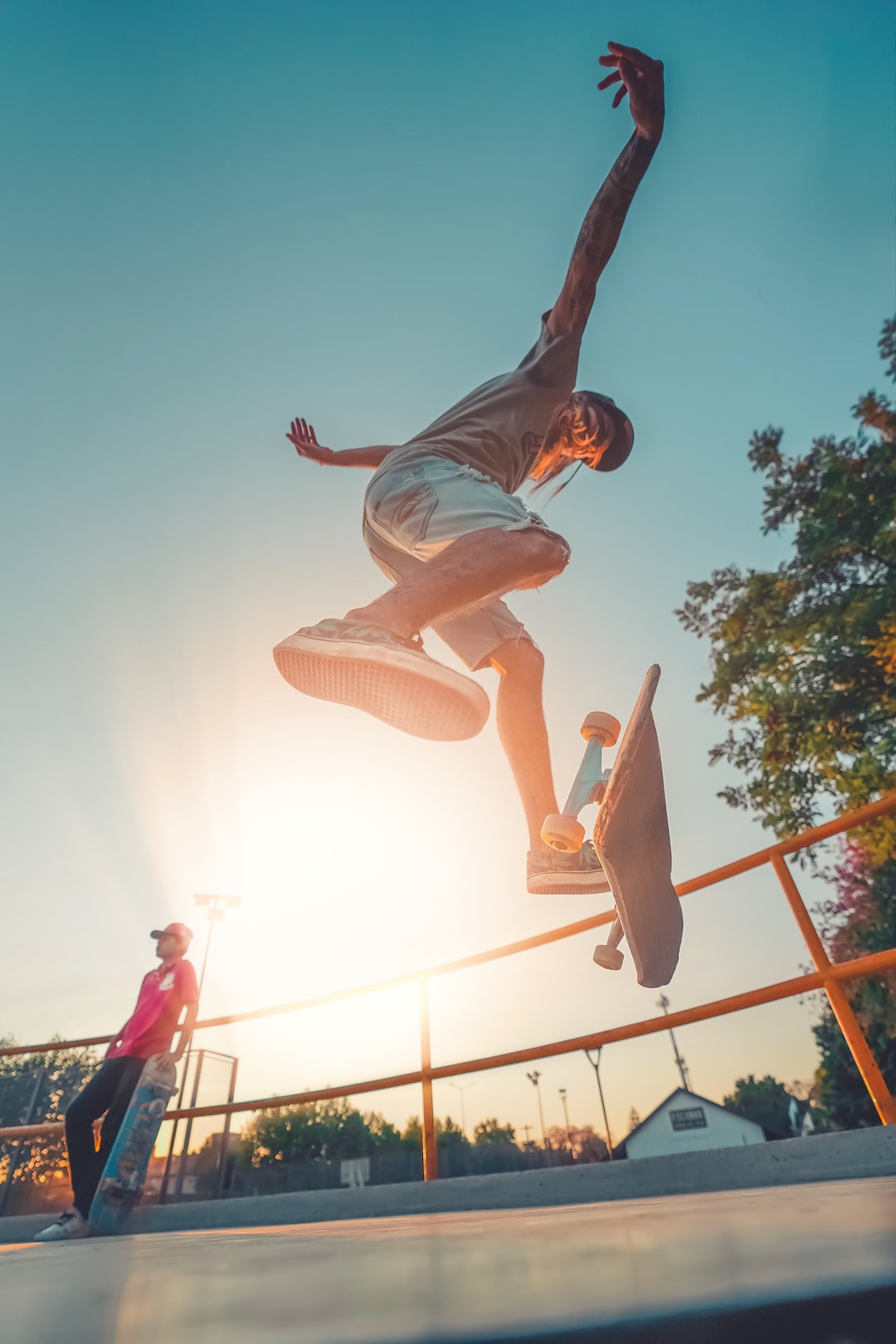Tennis is a game that requires athleticism, strategy, and skill. One of the most crucial aspects of the game is the serve. A powerful and accurate serve can often be the difference between victory and defeat. In this blog post, we will delve into the anatomy of a perfect tennis serve and provide tips from the pros.
The perfect tennis serve begins with a solid stance. Your feet should be shoulder-width apart, ensuring a stable foundation. Many professionals recommend positioning your back foot perpendicular to the net, as this allows for better weight transfer during the serving motion.
The grip is another essential component of a perfect serve. The most common grip used by professionals is the continental grip. This grip allows for greater racket control and flexibility in positioning the serve. It is important to practice this grip to ensure comfort and proficiency.
Next, comes the toss. An accurate toss is vital for a successful serve. The ideal toss is directly above your hitting shoulder, approximately 12-18 inches in front of your body. This position allows for maximum racket motion and power during the serve. Consistency in the toss is crucial, as it sets the foundation for the entire serve.
As you begin your serving motion, remember to utilize your legs. The power generated from the legs is transferred through the body and into the racket. Many professionals stress the importance of using your legs to generate power, rather than relying solely on the arm. This leg drive also aids in maintaining balance throughout the serve.
The serving motion consists of several key components: the backswing, the trophy pose, and the follow-through. In the backswing, the racket is brought back behind the head, creating a coiled position. The trophy pose occurs at the height of your toss, with your body facing sideways and the racket pointing upwards. Finally, the follow-through involves a fluid motion from the trophy pose to a balanced finish.
Timing is crucial in executing a perfect serve. The serve is initiated at the peak of the toss, with the racket making contact with the ball at its highest point. This ensures maximum power and accuracy. Professionals emphasize the need for a smooth and fluid motion, avoiding unnecessary jerking or tension in the arm.
Lastly, practicing the perfect serve is essential for improvement. Consistent repetition and careful observation of your technique will allow you to fine-tune your skills. Seeking the guidance of a professional coach or participating in group lessons can also provide valuable feedback and advice.
In conclusion, a perfect tennis serve requires careful attention to detail in every aspect of the motion. From a solid stance and grip to a fluid and powerful follow-through, each element contributes to a successful serve. By incorporating the tips provided by the pros and dedicating time to practice, you can improve your serve and elevate your game to new heights.

